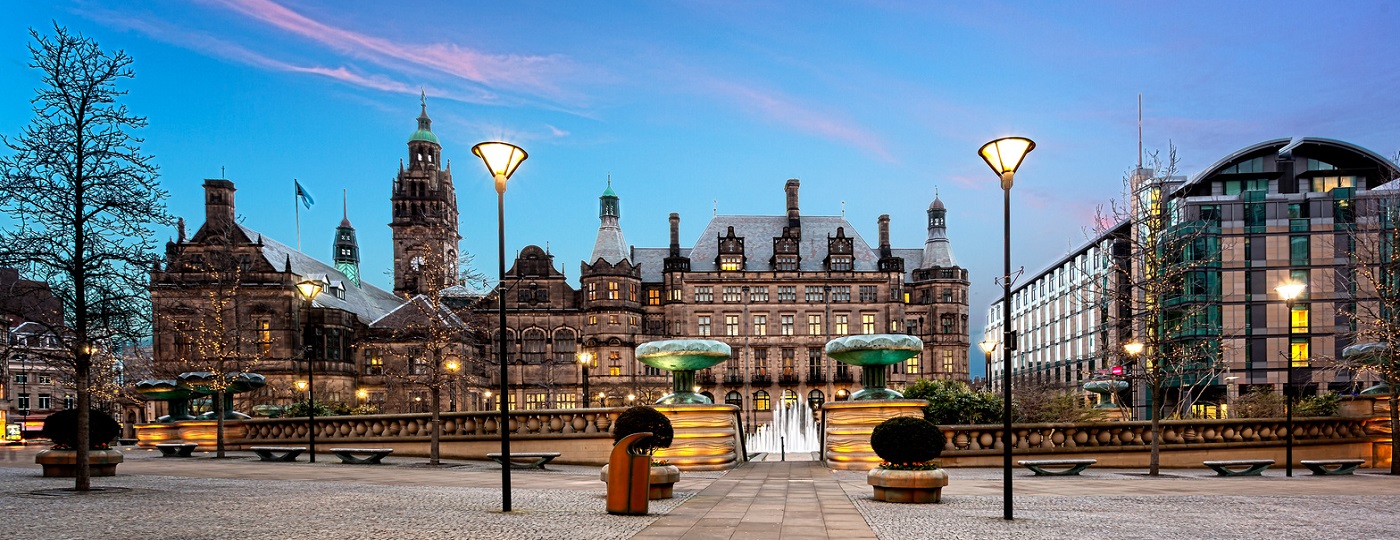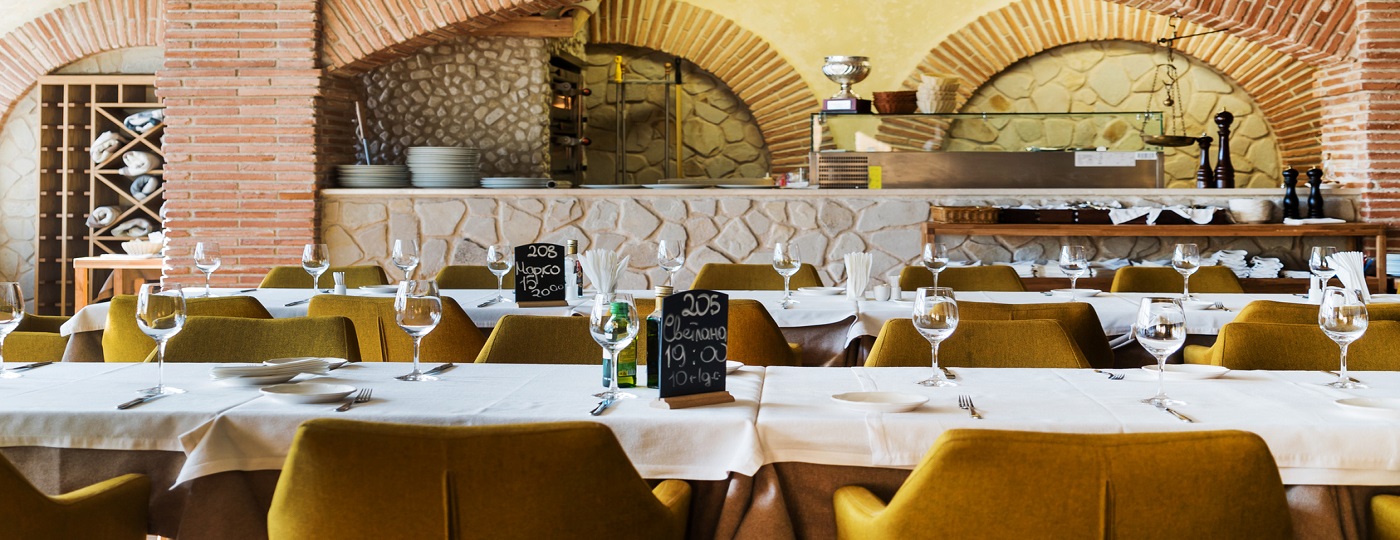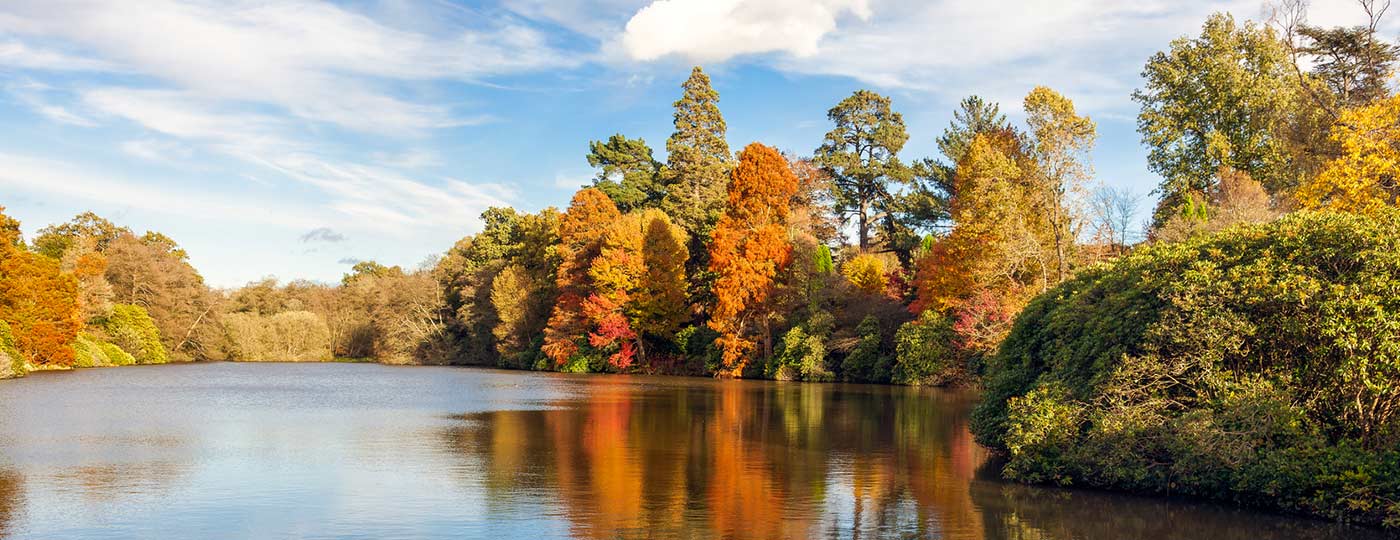Located on the edge of the Peak District, it’s from this location that the ‘workshop of the world’ has harnessed the power of rivers to forge its industrial success. Many of Sheffiled’s landmarks are next to babbling rivers and pretty parks, so get out, explore and enjoy the views!


The best historical landmarks to visit in Sheffield
Sheffield has more to offer than you’d expect. The Steel City’s industrial success was built on several lovely rivers, and the on offer historical landmarks are both beautiful and fascinating
Shepherd Wheel
Shepherd Wheel Museum sits on the banks of Porter Brook in the south west of the city and is a picturesque snapshot of Sheffield’s early industrial history. The museum is a former knife and tool grinding workshop, which still works to day in fact. Powered by water, such mills were once commonplace along the river and some dated back as far as the 1500’s. Shepherd Wheel is one of the few remaining water mills and includes two workshops (also known as hulls), grindstones and other working machinery.
Sheffield Town Hall
If time is tight, then head to the impressive Sheffield Town Hall, which is in the heart of the city. Next to the Peace Gardens and Millennium Gardens, it’s a pleasant walk to the Grade I listed building. Considered grand enough for Queen Victoria to open in person, the hall is a monument to the history of Sheffield. The exterior walls have friezes depicting the city’s many different industries, whilst inside be sure to check out the magnificent marble staircase, elegant rooms, and the impressive collection of silverware. Just outside the town hall is Sheffield Legends, a Walk of Fame just like the Hollywood version, for famous people connected to the city.
Abbeydale Industrial Hamlet
A tour during your Sheffield city break wouldn’t be complete without a visit to Abbeydale Industrial Hamlet. Metal has been produced on the site here for hundreds of years and the workshop, powered by water, was one of the largest on the River Sheaf. At its peak in the mid-nineteenth century, Abbeydale made thousands of scythes and cutting tools every year and was famous for its quality and craftsmanship. At this museum you can step back in time and learn how the nineteenth century buildings and machinery would have been used. Situated right by the river, the museum is remarkably complete, with workshops and workers’ cottages as well as a welcoming café for hot drinks, lunch and light snacks.
Sheffield Cathedral
The medieval cathedral of St Peter and St Paul is one of Sheffield’s oldest buildings and the site has been a place of worship for over 1000 years. Built and rebuilt over the ages, one of the oldest sections of the cathedral is in the east wall. Look out for the dog tooth-patterned stones which were originally part of a Norman church from around 11th – 12th century. Whether you come to pray or to enjoy the architecture, you won’t fail to be impressed. Conveniently, Sheffield’s three tram lines all stop here.
Bishops’ House
If you want a break from Sheffield’s industrial history, pop over to charming Bishops’ House, in the Norton Lees district. Built towards the end of the fifteenth century, it’s a medieval gem and with its black beams and white washed walls, one of the best surviving timber framed homes in the city. There are wood panels, creaky staircases, squeaky floors and Tudor roses in the plasterwork. Once a farm surrounded by fields, Bishops’ House is a charming reminder of Sheffield’s agricultural roots.





